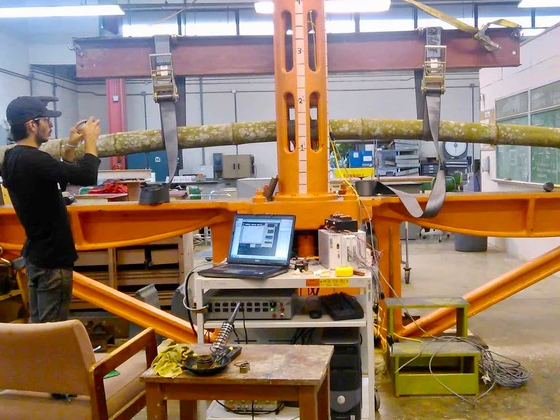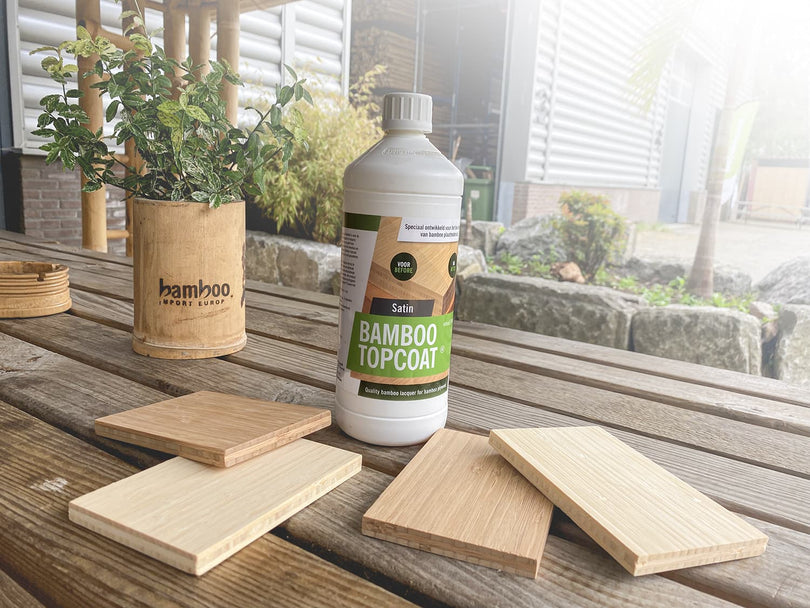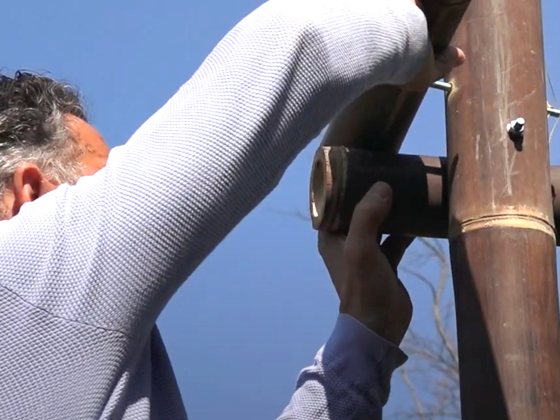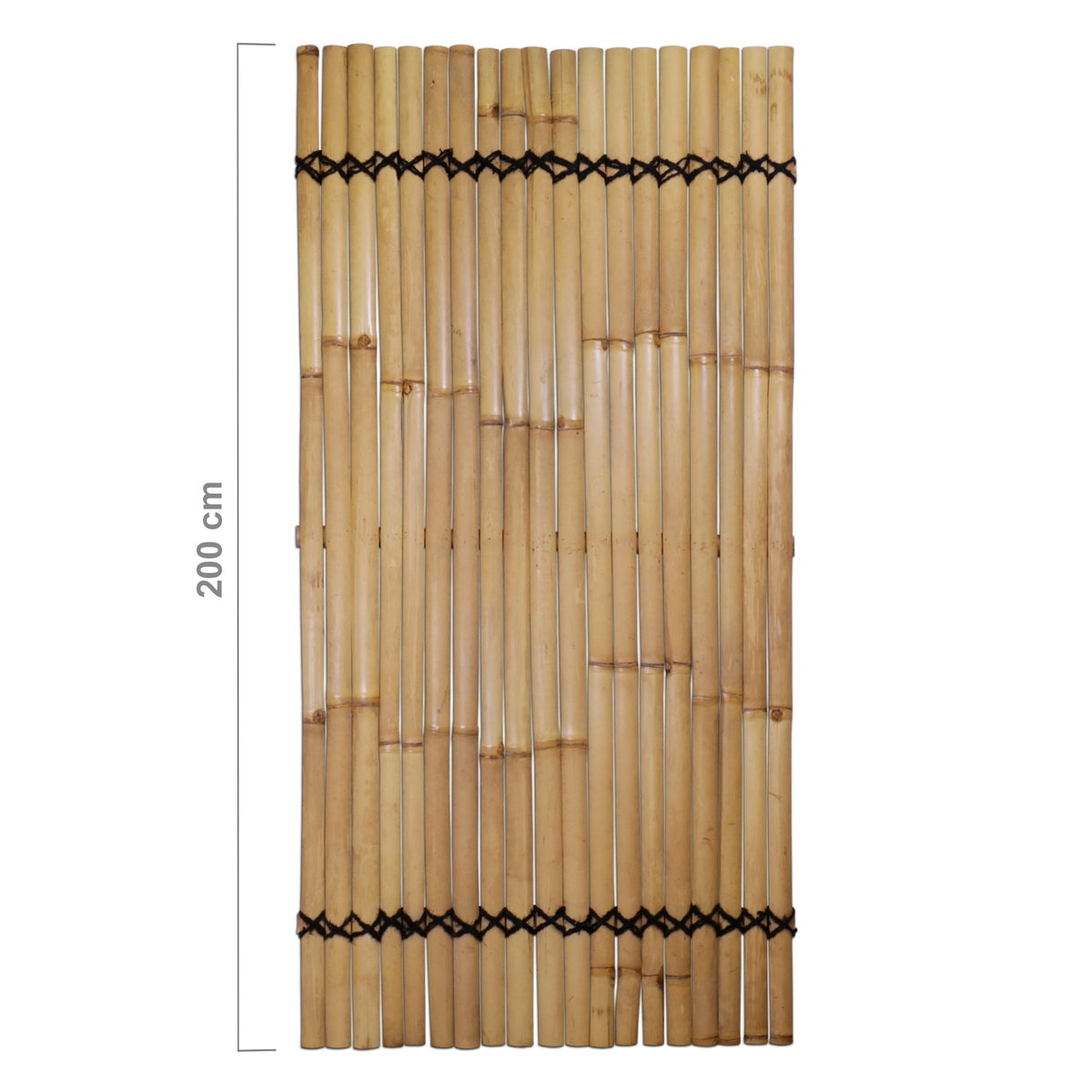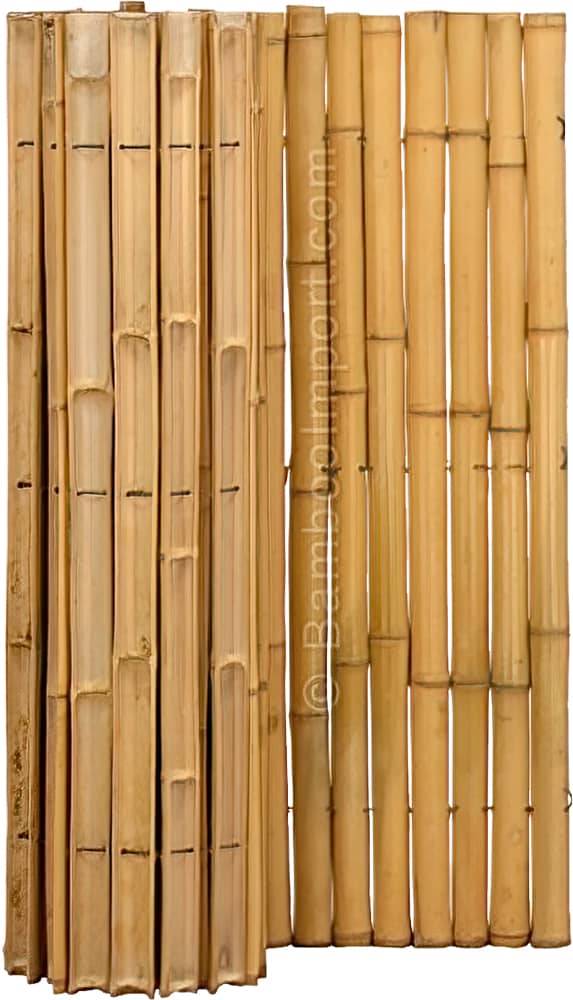What are Construction Stored Carbon Credits?

What are Construction Stored Carbon Credits?
Construction stored carbon credits are an innovative way to reduce the construction industry's carbon footprint. These credits are traded on the voluntary carbon market, as opposed to the regulated and mandatory system of emission allowances such as the EU ETS (European Union Emissions Trading System). Construction stored carbon credits are certified through organizations such as National Carbon Market Foundation and ONCRA, which ensures their reliability and value on the market.
CO2 sequestration via bio-based building materials
The concept of CO2 sequestration through biobased building materials in buildings is a promising strategy to combat climate change. This process involves three main steps:
Step 1: CO2 sequestration in fiber crops.
The first step in this process is CO2 sequestration in fiber crops and bamboo. Plants such as hemp, flax, and bamboo have the ability to absorb significant amounts of CO2 from the atmosphere during their growing period. Bamboo is particularly effective in CO2 uptake because of its rapid growth and high biomass yield. These crops and bamboo serve as the basic raw material for biobased building materials.
Step 2: Processing into biobased building materials.
The fiber crops are then processed into biobased building materials. These materials, such as bamboo acoustic panels, bamboo cladding and bamboo plywood panels, replace traditional building materials that often have a higher carbon footprint. The use of biobased materials helps reduce a building's overall carbon footprint.
Step 3: Application in construction
The final step is the application of these biobased building materials in the construction of homes, offices and other structures. By using materials that have sequestered CO2, the building acts as a carbon repository over its lifetime.

Recent research
A recent market study has provided valuable insights on the current state and potential of the Dutch market for construction stored carbon credits. Here are some highlights:
Participants and target groups
The research collected 138 actionable responses and conducted 11 in-depth interviews with participants from various sectors, including local governments, businesses, and educational institutions. Participants included prominent organizations such as Achmea Real Estate, Ballast Nedam Development, and Rabobank.
Current situation and future expectations
When asked whether their organizations are committed to the "net zero" (net zero) target for greenhouse gas emissions, 58% answered in the affirmative. This percentage is significantly higher within the energy sector (100%), food sector (83%), and retail sector (100%). Moreover, 17% of the surveyed organizations have recently purchased carbon credits, 42% of which came from Dutch projects.
Market growth potential
The current Dutch market for certified agricultural carbon removal certificates has sold 22,000 credits over the past five years, with 200,000 still in stock. The projected production of 400,000 tons of fiber crops could result in 734,000 carbon credits per year starting in 2030.
The market research shows that the market for Dutch carbon credits has growth potential, but awareness and policy interventions are needed to overcome bottlenecks and stimulate demand. Construction stored carbon credits offer a valuable contribution to making the construction sector more sustainable and support multiple sustainability goals, such as biodiversity, healthy soil and water quality.
Need advice for your climate project? We would be happy to help you achieve your project goals.
Greetings,
Team Bamboo Import










